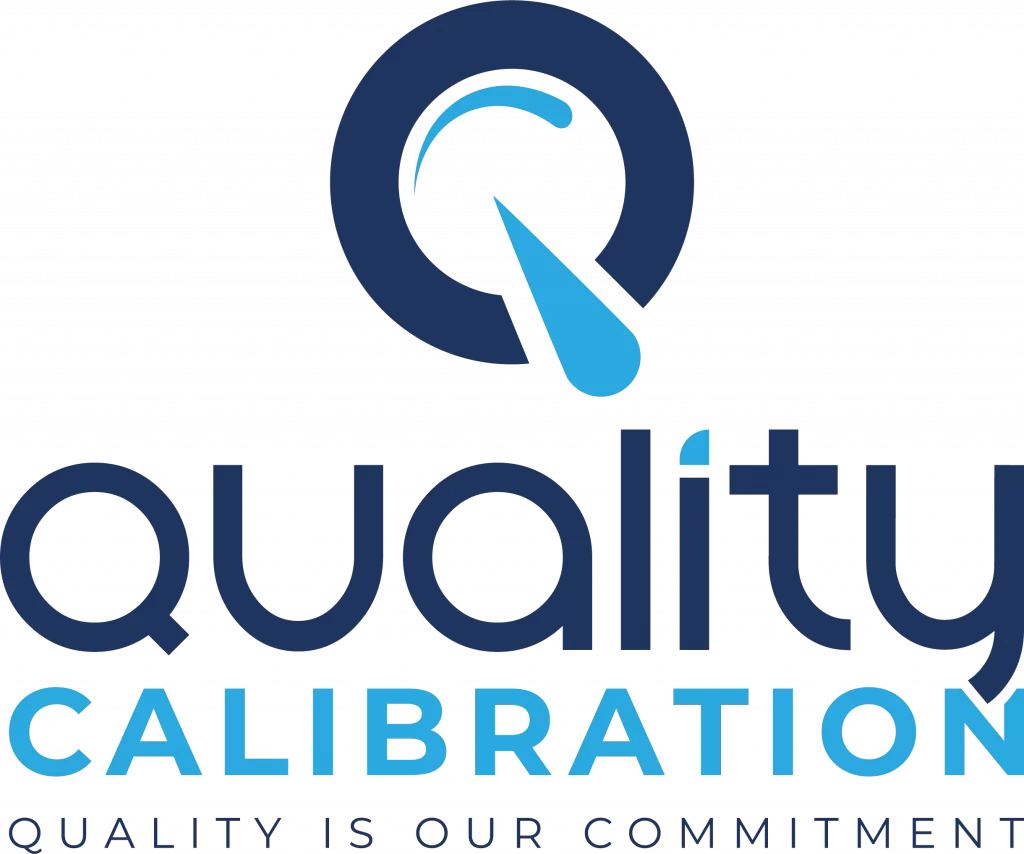Calibration laboratories play a pivotal role in ensuring the accuracy and reliability of various instruments and equipment. To maintain the highest standards of precision, the environmental conditions within these facilities must be carefully controlled. Temperature and humidity are two critical factors that can significantly impact the calibration process. In this comprehensive guide, we will explore the optimal temperature and humidity levels in calibration laboratories and their importance in ensuring accurate measurements.
The Role of Calibration Laboratories
Before delving into the specifics of temperature and humidity, it’s essential to understand the significance of calibration laboratories. These facilities are responsible for calibrating a wide range of instruments, from thermometers and pressure gauges to analytical balances and oscilloscopes. The primary goal is to ensure that these instruments provide accurate and consistent measurements.
Temperature Control in Calibration Laboratories
Why Temperature Matters
Temperature can influence the accuracy and stability of measurement instruments. Variations in temperature can cause materials to expand or contract, leading to changes in their dimensions, which in turn affect their accuracy. For this reason, maintaining a consistent temperature within a calibration laboratory is paramount.
Optimal Temperature Range
The ideal temperature range for a calibration laboratory typically falls within 20°C to 25°C (68°F to 77°F). This range provides a stable environment that minimizes temperature-related errors. Fluctuations within this range should be kept to a minimum to ensure precision in measurements.
Temperature Monitoring and Control
To maintain the desired temperature, calibration laboratories use HVAC systems equipped with precise temperature control mechanisms. Continuous monitoring and real-time adjustments are critical to prevent temperature fluctuations. Regular calibration of these control systems is necessary to ensure their accuracy.
Humidity Control in Calibration Laboratories
The Impact of Humidity
Humidity is another vital factor that can affect the accuracy of measurements. High humidity levels can lead to condensation on instruments, potentially damaging them and causing measurement errors. On the other hand, low humidity can cause electrostatic discharge, impacting sensitive electronic equipment.
Optimal Humidity Range
The recommended humidity level in calibration laboratories typically ranges from 40% to 60%. This range strikes a balance between preventing condensation and maintaining a stable environment for precision instruments. Humidity control is particularly crucial in laboratories where electronic equipment is in use.
Humidity Control Systems
Calibration laboratories employ humidity control systems that work in conjunction with temperature control mechanisms. These systems help maintain the desired humidity levels, ensuring the integrity of the instruments being calibrated.
Why Optimal Conditions are Crucial
Measurement Consistency
Maintaining the optimal temperature and humidity levels in calibration laboratories is crucial for achieving consistent and reliable measurements. Variations in these environmental factors can lead to inconsistent and inaccurate results, which can have far-reaching consequences.
Instrument Longevity
Calibration instruments are expensive and often sophisticated pieces of equipment. They need to be protected from the adverse effects of extreme temperature and humidity conditions to ensure their longevity and optimal performance.
Regulatory Compliance
Many calibration laboratories are required to adhere to strict industry and government regulations. Meeting these requirements, which often include specific temperature and humidity guidelines, is essential for legal compliance and maintaining the lab’s accreditation.
Challenges in Maintaining Optimal Conditions
External Factors
Calibration laboratories face challenges in maintaining ideal environmental conditions due to external factors such as weather, location, and building design. For instance, laboratories located in regions with extreme temperatures may require more robust HVAC systems.
Instrument Sensitivity
Some calibration instruments are incredibly sensitive to changes in temperature and humidity. This requires specialized equipment and control systems to ensure that these instruments perform optimally.
Bottom Line
In conclusion, maintaining the optimal temperature and humidity levels in calibration laboratories is vital for accurate and consistent measurements. These environmental factors directly affect the precision of instruments and equipment, making them fundamental to the success of any calibration process. Calibration experts must pay careful attention to temperature and humidity control to ensure the reliability of their work.

Md. Hasan Ibrahim is a Technical Manager at Quality Calibration with extensive experience in the calibration sector since 2015. Holding a Bachelor of Science degree in Mechanical Engineering from Khulna University of Engineering & Technology (KUET), he has received training from various national and international organizations including CSIR-CMERI, QSI, BAB, NML-BSTI, memmert, and X-rite. With expertise in ISO/IEC 17025 assessment, method validation, metrological traceability, and uncertainty, he has successfully completed numerous calibration projects across diverse industries such as pharmaceuticals, food & beverage, oil & gas, textiles & garments, power plants, batteries, chemicals, hospitals & healthcare, and private universities.



